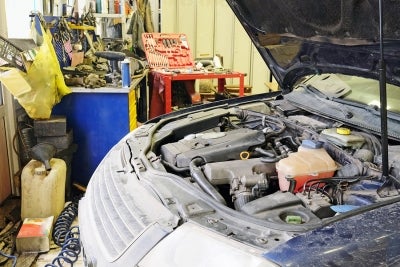Modern cars and trucks are complex machines, and an automatic transmission may be one of the most intricate components. That’s why it’s important to seek the help of a transmission specialist in Washington DC when you have automatic transmission problems. In order to understand automatic transmissions you must be familiar with their purpose within the vehicle, the parts they utilize, and the problems that they may encounter. Here is a brief overview of how an automatic transmission works. 
What It Does
The purpose of a transmission is to connect the engine and the drive wheels in order to deliver the appropriate amount of power based on the activity of the engine. Different combinations of gears alter the distribution of power within the system, affecting the speed and handling of the vehicle. When your vehicle is in neutral, the transmission disconnects the engine and the drive wheels, and the park position involves the locking of the drive wheels so your car or truck stays idle. While manual transmissions make use of a clutch for these purposes, automatic transmissions come in either the front wheel drive or real wheel drive varieties.
How It Does It
It may seem like the transmission completes straightforward tasks, but the system requires a great deal of cooperation between different components in order to complete the job. An automatic transmission depends on planetary gear sets to form combinations and ratios that determine how quickly the engine rotates. The torque convertor is relatively analogous to the clutch that would be used in a manual transmission and allows you to stop at red lights and stop signs without turning off your engine.
Potential Problems
If you notice strange sounds or oil leaks coming from your car, see a transmission specialist immediately. Your transmission is an integral and complex component of your vehicle, and any problems that are not quickly addressed can lead to more aggravated complications. Transmission problems should always be addressed by a professional auto transmission repair service.

